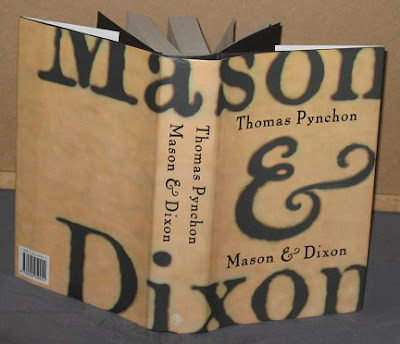
Ray Bryant Combo, The Madison Time.
Elmore James, Madison Blues.
William (Bubbles) Holloway was with Sonny Payne and Larry Steele in front of the Birdland in New York. Bubbles asked Larry how to get to Madison Avenue from the Birdland and he answered: “Take it to the left, young man, take it to the left.”
That remark laid the groundwork for the Madison dance which starts on the left foot, the only dance that does so, and Madison Avenue’s direction from Birdland down Broadway is to the left.
"Madison Dance Started In Columbus," Lucius E. Lee, The Ohio Sentinel, 18 June 1960.

Basic step: step F [forward] on L Q [left, quick], tap R toe behind L foot & clap Q, step B [back] on R Q, tap L toe to R Q, to L Q, to R Q. repeat 6C [count] until caller says "hit it" after calling out a step. Twist arms opposite hips on toe taps.
Wilt Chamberlain: 2 Up 4C while bouncing a ball with R hand, jump ¼L & take hook shot with R arm S, jump ¼R S, 2 Back 4C. Can say "2 points" and hold up 2 fingers on last 4C.
Jackie Gleason: 2 Up 4C while facing R & dropping fists with each step, face F & raise R leg F S, bring R foot B to L of L knee Q, rest Q, charge F onto R Q, rest Q, step B onto L Q, step B onto R Q. Can say "away we go" while charging.
"The Madison," Ross Mernyk's Swing Dance Steps.

Henry wanted to go to a party we'd been invited to, so he could relax. There was a dance at the time called the Madison and Henry got up out of his chair to show me something about the party and the dance. He said, "All they're gonna do there is the Madison." I said, "You go to the party if you want to do the Madison. I don't want to go." Henry said, "One of them dancers is going to be like Wilt the Stilt Chamberlain" meaning the basketball player, "and I'm going to be Roy Campanella" who was a baseball catcher. "All Campanella had to do was squat." Henry got up to show me the squat and fell over, splayed out, with a heart attack.
Edward Ball, The Sweet Hell Inside: The Rise of an Elite Black Family in the Segregated South.
Continental Epilogue:

Sylvie Vartan, Madison Twist.
Armando Sciascia, The Mad Madison.
Armando Sciascia, Madison Bounce.
Anna Karina, Sammy Frey and Claude Brassuer dance the Madison in 1964:
"Empires crumble, my friend, republics founder and fools survive."
Madisonia: The Ray Bryant Combo's "Madison Time" (performed by a collection of slumming jazzmen, including Harry "Sweets" Edison), from 1960, is on the Hairspray original soundtrack (not the recent Travolta mess); Elmore James' "Madison Blues," not released until 1969 and probably better known as a George Thorogood cover, is on The Sky Is Crying. The two Sciascia tracks are from his soundtrack to 1962's Sexy; Vartan's "Madison Twist" is from a 1962 RCA EP.













